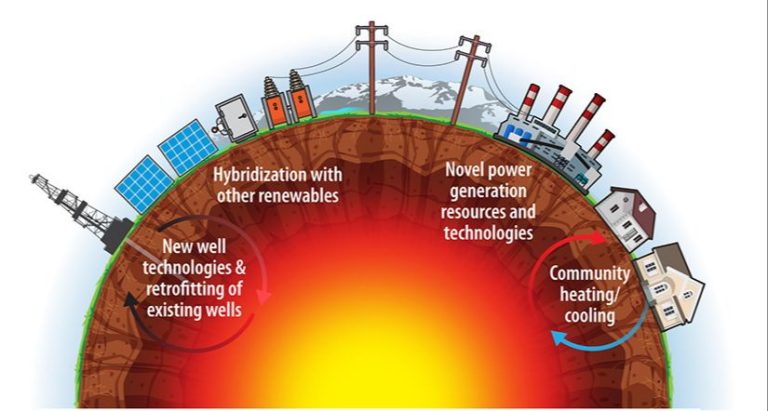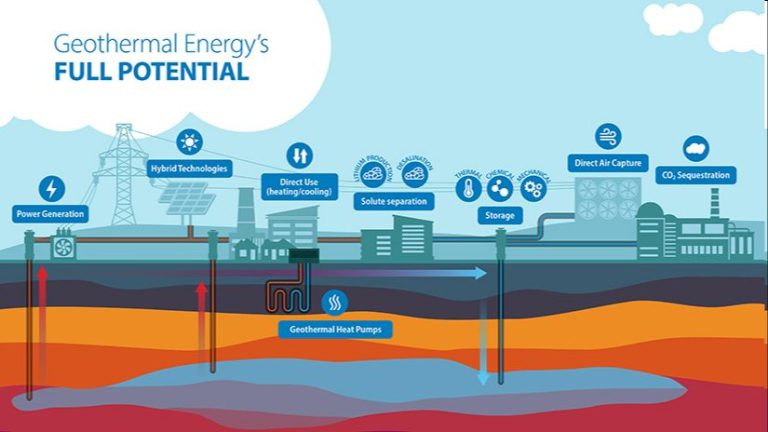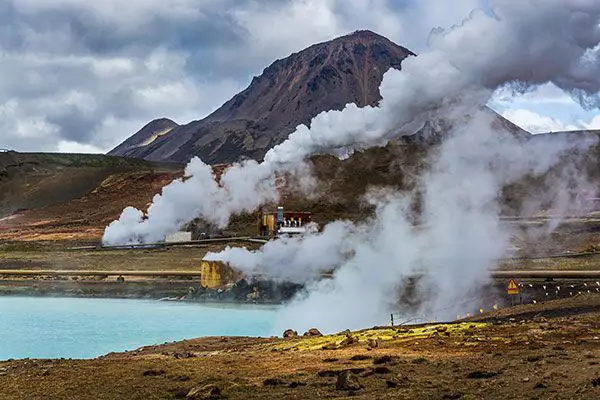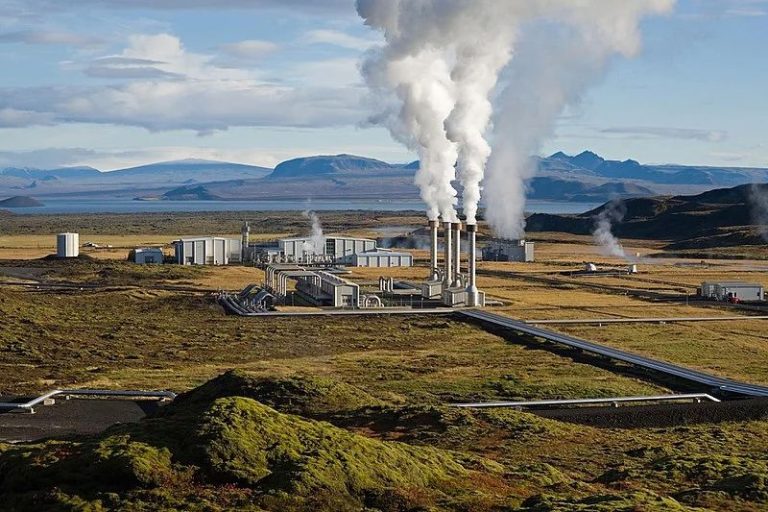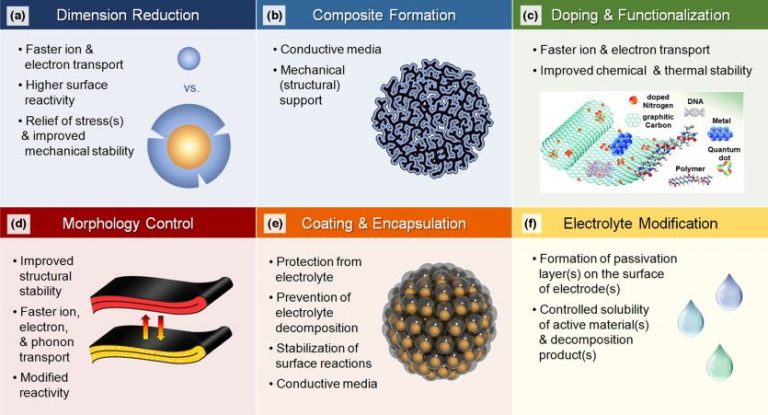What Is The Main Advantage Of Geothermal Power Plant Over Fossil Fuels?
Lower Greenhouse Gas Emissions
One of the main benefits of geothermal power plants over fossil fuel plants is the reduced greenhouse gas emissions. While fossil fuel plants emit significant amounts of CO2 and other greenhouse gases, geothermal plants emit almost none. According to the Energy Information Administration, “Geothermal power plants do not burn fuel to generate electricity, but they may release small amounts of sulfur dioxide and carbon dioxide” (Source). A report from the World Bank found that geothermal plants emit only 4-7% of the CO2 per kWh compared to coal plants and 7-8% of the emissions compared to natural gas plants (Source). This makes geothermal energy one of the cleanest sources of power available.
Renewable and Sustainable
Unlike fossil fuels, geothermal energy is considered a renewable energy source. This is because the heat from the Earth’s core that produces geothermal energy is constantly being replenished and will be available for billions of years (Microsoft, 2022). Geothermal plants can operate indefinitely, as long as water or steam is available from the underground reservoir.
Geothermal is also considered a sustainable energy source. According to research, geothermal power plants can operate sustainably for over 100 years if managed properly (Hackstein et al., 2021). Geothermal plants produce minimal emissions and do not deplete resources like coal, oil or natural gas. This makes geothermal a clean, renewable option compared to fossil fuels.
Reduced Air Pollution
Compared to fossil fuel power plants, geothermal power plants generate extremely low emissions of air pollutants that harm human health and contribute to environmental problems like acid rain and climate change.
According to the U.S. Department of Energy, geothermal plants emit on average 97-99% less carbon dioxide, and virtually zero emissions of health-harming sulfur compounds and nitrogen oxides, relative to comparable coal and natural gas power plants.
This massive reduction in emissions is because geothermal plants tap heat already inside the earth, rather than burning fossil fuels. The steam emitted from geothermal reservoirs contains trace amounts of chemicals, but the total air pollution from geothermal plants is miniscule compared to burning coal or gas.
Countries like Iceland and New Zealand that generate most of their electricity from geothermal sources have some of the cleanest air in the world. Widespread use of geothermal energy could significantly improve air quality and public health.
Energy Independence
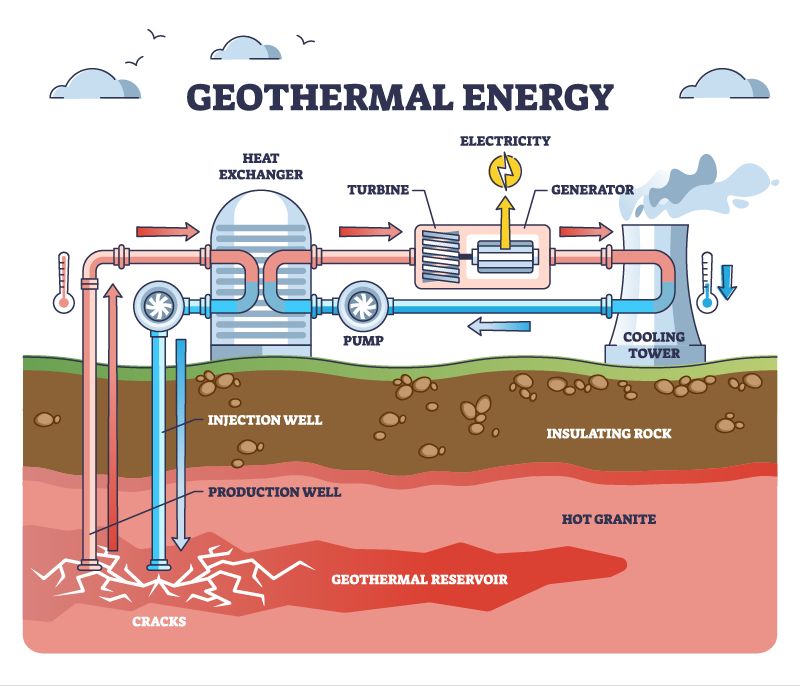
Geothermal Systems Provide Energy Independence For More Homeowners Geothermal energy provides energy independence and security because it utilizes an abundant domestic energy source that is not subject to global price fluctuations or supply constraints. Geothermal power plants can operate 24/7, regardless of weather conditions, providing a reliable baseload power supply.
Unlike fossil fuels like coal, oil and natural gas which must be imported, geothermal energy is extracted locally from beneath the earth’s surface. This means that switching to geothermal energy reduces a region or country’s dependence on imported fuels, providing greater energy security and insulation from global energy market volatility. The locally-based nature of geothermal power promotes energy independence and autonomy.
Reliability
One of the main advantages of geothermal power plants is that they offer a reliable source of baseload power that is unaffected by weather or climate. According to the U.S. Department of Energy, geothermal power plants can run at over 90% availability, meaning they produce power more than 90% of the time [1]. This is much higher than availability for fossil fuel plants like coal (60-70%) and comparable to nuclear. Geothermal plants can operate 24/7 and their generation is not intermittent like wind and solar power. The geothermal resource itself is always available, providing a consistent energy source.
This high reliability stems from the nature of geothermal resources which are unaffected by changing weather or external conditions. Geothermal reservoirs provide a continuous flow of steam or hot water that allows generation to occur around the clock. Plants require less maintenance downtime than fossil fuel plants as well. The reliability of geothermal power makes it an ideal source of baseload renewable electricity to complement intermittent renewables and meet demand whenever it arises.
Lower Maintenance Costs
Geothermal power plants have lower maintenance costs compared to fossil fuel plants. According to Dandelion Energy, the annual maintenance costs for geothermal heat pumps range from $150-$300. In contrast, fossil fuel systems like natural gas or oil boilers can cost $200-$500 per year for maintenance. Geothermal systems don’t require fuel transportation or combustion, eliminating those maintenance expenses.
The underground piping used in geothermal systems is designed to last for decades with little degradation according to Long Refrigeration. The lack of moving parts in geothermal systems also reduces repair and replacement costs. Overall, the operating costs for geothermal systems are estimated to be 30-60% lower than conventional HVAC systems.
Abundant Resource
One of the biggest advantages of geothermal power is that it taps into an abundant renewable resource available across the globe. According to the International Renewable Energy Agency (IRENA), geothermal resources are theoretically available in over 80 countries. The heat from the Earth’s core provides an immense amount of thermal energy that can be harnessed anywhere.
The key is having the right geological conditions like subsurface heat, fluids, and permeable rock. Areas along tectonic plate boundaries, volcanic regions, and hot spots are particularly well-suited. IRENA estimates the global geothermal potential to be over 200,000 TWh per year, far more than the world’s annual electricity generation. With improved technology to access deeper resources, the available potential is even higher.
Unlike wind or solar which depend on weather conditions, the geothermal resource itself is always available. The Earth provides a massive, renewable reservoir of reliable energy that will continue for billions of years. This gives geothermal power the unique advantage of being an abundant yet dependable source of clean energy.
Small Land Use
One of the main advantages of geothermal power plants is that they use less land per unit of energy produced compared to other renewable energy sources. According to the U.S. Department of Energy, geothermal plants require only 404 square meters of land per gigawatt-hour of electricity generated. This is far less than solar PV (3,237 square meters), onshore wind (1,335 square meters), and coal (3,642 square meters) [1].
This is because geothermal plants can utilize the heat underground through small wells and piping systems. The power plant itself has a small footprint, unlike wind or solar farms which require large open spaces. Geothermal’s low land use makes it favorable for densely populated areas or regions where land availability is limited. Overall, geothermal energy has one of the smallest land requirements among renewable power sources.
Low Cost
Geothermal energy is cost competitive with fossil fuels like coal, natural gas, and oil. According to a 2009 report from Credit Suisse, geothermal power costs around 3.6 cents per kilowatt-hour, while coal costs about 5.5 cents per kilowatt-hour. The Minnesota Geothermal Heat Pump Association also shows geothermal energy is cheaper for both heating and cooling compared to natural gas and propane.
Because geothermal plants do not need fuel to operate, their operating costs are lower compared to fossil fuel plants. While fossil fuel plants require continually purchasing coal, oil, or gas, the fuel for geothermal energy is free and unlimited. This gives geothermal power a levelized cost that is competitive with conventional sources.
Quick Deployment
One advantage of geothermal power plants is that they can be built and brought online relatively quickly compared to other types of renewable energy sources. According to research, the average timeline for developing a conventional geothermal power plant is 5-10 years from start to finish [1]. However, advances in drilling techniques and modular plant design have enabled some developers to reduce that timeline down to as little as 1-2 years for a small to medium sized project [2]. This is significantly faster than the development timeline for a large dam hydroelectric project or a large-scale solar or wind farm, which can take 5 years or longer. The ability to bring geothermal power online quickly is a major advantage, as it allows utilities to add new clean energy generating capacity in a shorter timeframe to meet demand growth or replace retiring fossil fuel plants.


